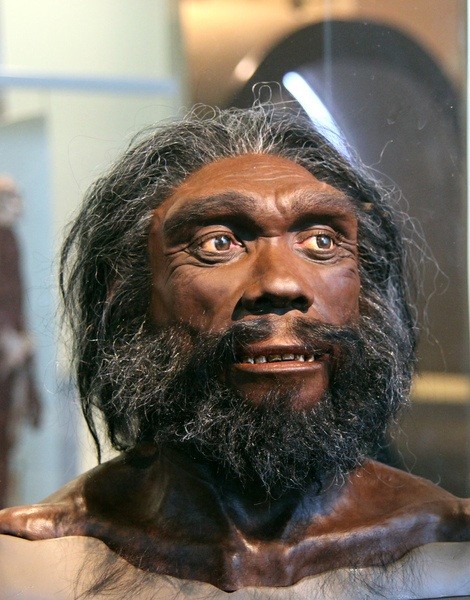An 800,000-year-old human fossil was recently unearthed by scientists, making it the oldest fossil ever recorded in history. This research could shed light about all the branching points in the human family tree and thus explain how human beings really came to be. This could also finally answer several theories about human evolution that for a long time were left unconfirmed.

Read Also: CORONAVIRUS: A New Mutated Sub-Type Has Been Discovered After a Patient Was Contagious For 49 Days
Human evolution studies advancements
Scientists have retrieved the oldest human genetic data from an 800,000-year-old tooth that once belonged to the Homo antecessor of the hominin species. The fossils were discovered by Jose Maria Bermudez de Castro and his team in stratigraphic level TD6 from the Gran Dolina cave site in Spain back in 1994, but was only analyzed recently.
The findings were published in Nature on April 1, led by scientists from the University of Copenhagen in Denmark, along with colleagues from the National Research Center on Human Evolution in Spain, and other academic institutions.
According to Frido Welker, lead author of the paper and a Postdoctoral Research Fellow at the Globe Institute, University of Copenhagen, "Ancient protein analysis provides evidence for a close relationship between Homo antecessor, us (Homo sapiens), Neanderthals, and Denisovans. Our results support the idea that Homo antecessor was a sister group to the group containing Homo sapiens, Neanderthals, and Denisovans"
The reconstruction of the human family tree and theories on human evolution
Researchers in the study also managed to sequence ancient proteins and identify Homo antecessor's position in the human family tree by using the mass spectrometry technique.
This could help scientists retrieve molecular evidence to further understand and accurately reconstruct the story of human evolution. Their aim has been to understand the evolutionary relations between our species and others.
Enrico Capellini, associate professor at the Globe Institute at the University of Copenhagen and author of the paper, also stated that "Much of what we know so far is based either on the results of ancient DNA analysis or on observations of the shape and the physical structure of fossils. Because of the chemical degradation of DNA over time, the oldest human DNA retrieved so far is dated at no more than approximately 400.000 years."
He has also said that the analysis of ancient proteins along with the technique used enables them to overcome these kinds of limits.
These observations based on the appearance and shape of the fossils have revealed that Homo antecessor was the last of the common ancestors to neanderthals and modern human beings.
These kinds of discoveries are only made possible through the extensive collaboration of different research fields such as population genomics, proteomics, paleoanthropology, and biochemistry.








